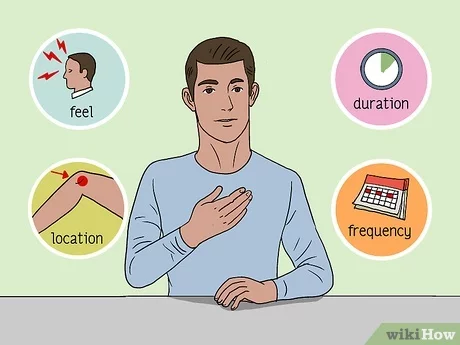
When to See a Healthcare Professional: Recognizing the Signs of Work-Related Disorders
Work-related problems, which are frequently caused by repetitive motions, extended sitting, or heavy lifting, can result in persistent discomfort and lost productivity. Knowing when to seek help is critical to early intervention and recovery.
If you have recurrent joint or muscle discomfort, numbness, tingling, or a limited range of motion, it might be a work-related disease. Such symptoms may be indicative of illnesses such as carpal tunnel syndrome, tendonitis, or back strain. According to the World Health Organisation (WHO), musculoskeletal problems impact about 1.7 billion people worldwide, with a major share caused by occupational activities. According to a 2020 study conducted by the U.S. Bureau of Labour Statistics, musculoskeletal diseases were responsible for 33% of all workplace accidents and illnesses.
Ignoring these early warning signs might lead to increased symptoms and longer recovery durations. Consult a doctor if symptoms last more than a few days or interfere with regular activities. Seeking prompt medical advice can assist in identifying essential lifestyle changes, ergonomic solutions, or therapeutic interventions to prevent additional damage.
References:
- World Health Organization. “Musculoskeletal conditions.” WHO, 2021.
- U.S. Bureau of Labor Statistics. “Nonfatal Occupational Injuries and Illnesses Requiring Days Away From Work.” BLS, 2020.
Embrace mindfulness and meditation during pregnancy to boost relaxation, reduce stress, and support emotional well-being. Learn techniques designed to help you stay centered and calm throughout your pregnancy journey.
Embrace mindfulness and meditation during pregnancy to boost relaxation, reduce stress, and support emotional well-being. Learn techniques designed to help you stay centered and calm throughout your pregnancy journey.



